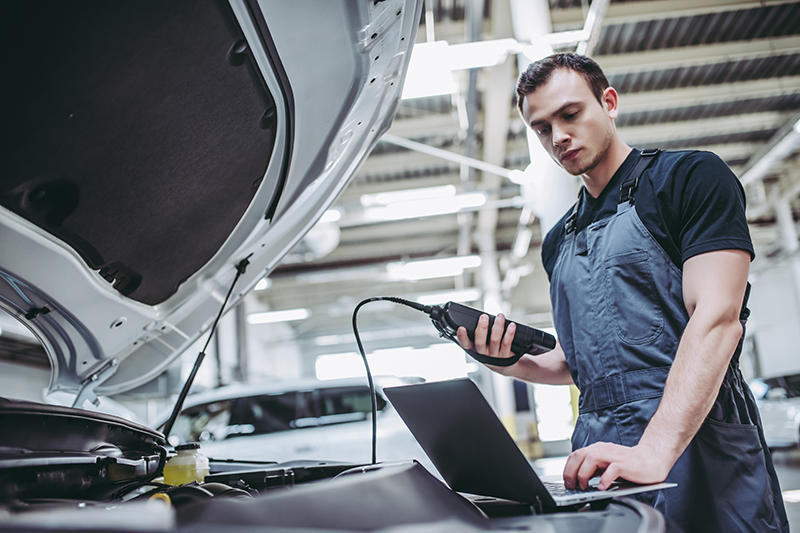Employment snapshot
Given its broad nature, the Bicycles, Marine, Motorcycles and Outdoor Power Equipment sector falls under several different industry sectors. These are:
- Other Transport Equipment Manufacturing, nec
- Hardware and Building Supplies Retailing
- Marine Equipment Retailing
- Sport and Camping Equipment Retailing
- Other Machinery and Equipment Repair and Maintenance.
The census data shows that across these five industry sectors there were 102,456 people employed in 2016. This is compared to 94,124 in 2006.
Please note however that these industry sectors also cover other activities besides work relevant to the Bicycles, Marine, Motorcycle and Outdoor Power Equipment sector, so the numbers shown here should be seen as indicative only. For example, about a third of those employed across these five sectors in 2016 were Sales Assistants.
However, the two most relevant occupational unit groups here are Motor Mechanics and Other Miscellaneous Labourers (which includes Bicycle Mechanics and Mechanics Assistants but also other occupations not relevant to this sector).
The number of people employed as Motor Mechanics fluctuated over the period 2001 to 2021, and following a fall between 2019 and 2020 from 105,400 to 86,100, has increased to 103,200 in 2021. The numbers employed as Other Miscellaneous Labourers has fluctuated in recent years with 71,000 being employed in this occupation in 2021. Employment levels in both occupations are predicted to increase by 2025.
